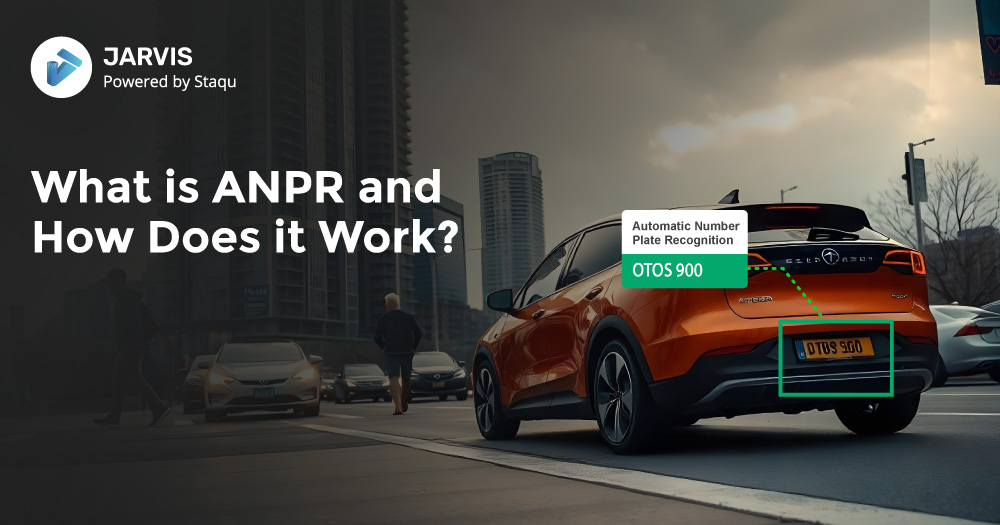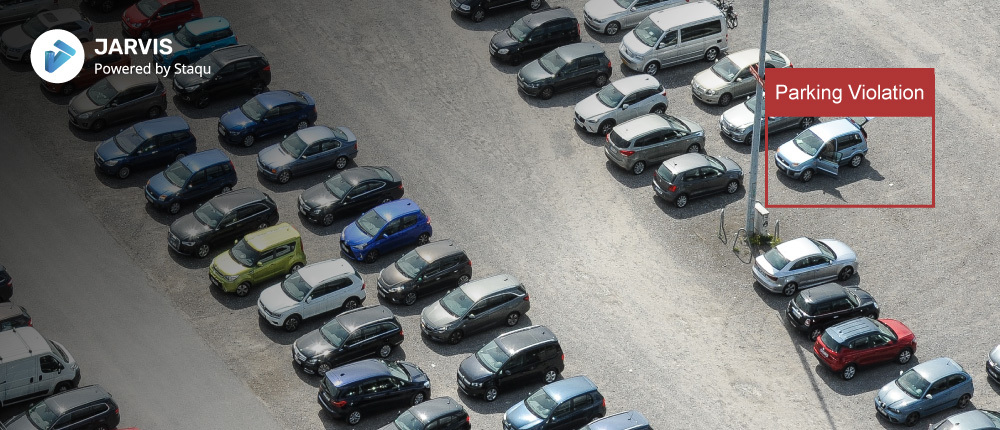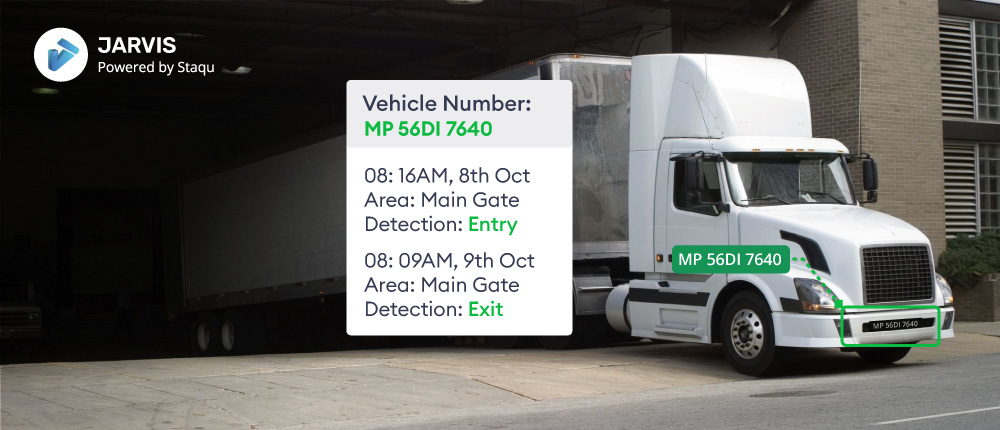What is ANPR and How Does it Work?

Automatic Number Plate Recognition (ANPR) is an advanced technology that enables the automatic reading of vehicle license plates through optical character recognition (OCR). Initially developed for law enforcement purposes, it has evolved into a versatile solution used across various sectors, including transportation, retail, and security. This article delves into the intricacies of ANPR technology, exploring how it operates, its diverse applications, benefits, challenges, and future trends.
Understanding ANPR Technology
What is ANPR?
ANPR, also known as Automatic License Plate Recognition (ALPR), utilizes computer vision and image processing to capture and interpret license plate information. The system typically comprises high-resolution cameras, image processing software, and data storage solutions. The systems can function effectively in real-time, making them valuable for various applications, from traffic management to access control.
How ANPR Works: A Detailed Overview
- Image Capture: ANPR systems are equipped with specialized cameras, often mounted on poles, vehicles, or gantries. These cameras capture images or video footage of vehicles as they pass. Advanced models include infrared cameras that perform well in low-light conditions, ensuring accurate license plate detection at night.
- Preprocessing: After capturing the image, the ANPR system enhances the image quality by filtering out noise and optimizing contrast. This preprocessing step is critical for ensuring that the license plate is clearly visible and easily readable by the OCR software.
- Plate Detection: The system identifies the location of the license plate within the image, isolating it from other visual elements, such as the vehicle body. This segmentation allows the OCR system to focus solely on the characters on the license plate.
- Optical Character Recognition (OCR): The OCR technology then converts the characters on the license plate into digital text. ANPR systems are designed to recognize various fonts, formats, and sizes of license plates, adapting to regional variations effectively.
- Data Matching and Storage: The extracted license plate data can be compared against existing databases for verification, such as identifying stolen vehicles or tracking repeat offenders. The information is then stored for future reference, enabling historical analysis and reporting.
- Real-Time Alerts: In applications related to law enforcement or security, ANPR systems can generate instant alerts when a flagged vehicle is detected. This capability enhances the response time of law enforcement agencies and improves overall public safety.
Applications of ANPR Technology
1. Law Enforcement and Traffic Management
ANPR is predominantly utilized in law enforcement for monitoring traffic violations, identifying stolen vehicles, and managing road safety. Officers can quickly access license plate data, enabling rapid identification and enforcement actions. Furthermore, data aids in traffic management by analyzing vehicle flow and congestion patterns, informing urban planning and infrastructure improvements.
2. Smart Cities and Urban Infrastructure
In smart city initiatives, ANPR technology plays a crucial role in enhancing urban mobility. By integrating with traffic control systems, it helps optimize traffic signals and manage congestion in real-time. Data from systems can be used to develop smarter transportation solutions, such as dynamic routing and efficient public transport schedules.
3. Retail and Customer Experience
Retailers are increasingly leveraging ANPR technology to enhance customer experiences in parking management. By automatically recognizing returning customers, retailers can offer personalized services, such as seamless parking access and loyalty rewards. This application not only improves customer satisfaction but also aids in managing parking spaces effectively.
4. Toll Collection and Access Control
ANPR systems are widely used in automated toll collection, allowing vehicles to pass through toll booths without stopping. This technology reduces wait times, minimizes congestion, and enhances operational efficiency. Additionally, ANPR can facilitate secure access control in gated communities and corporate premises, ensuring that only authorized vehicles gain entry.
5. Logistics and Fleet Management
For logistics companies, ANPR technology streamlines fleet management by tracking vehicle movements and ensuring compliance with route regulations. This tracking capability improves operational efficiency, reduces costs, and enhances security by monitoring vehicle entries and exits at secure locations.
6. Residential Security
In residential areas, ANPR can bolster security by monitoring vehicle access to neighborhoods. Automated systems can differentiate between authorized and unauthorized vehicles, alerting security personnel in real-time. This capability provides residents with peace of mind, knowing that their community is under constant surveillance.
Benefits of ANPR Technology
1. Enhanced Security
ANPR significantly improves security measures by providing real-time data on all vehicles entering monitored areas. This capability is crucial for law enforcement and security agencies, as it allows for immediate identification of suspicious or flagged vehicles.
2. Increased Operational Efficiency
By automating various processes, such as toll collection and parking management, ANPR technology reduces the need for manual intervention. This automation leads to cost savings, quicker transactions, and improved resource allocation.
3. High Data Accuracy
ANPR technology minimizes human error in license plate recognition, ensuring high accuracy in data collection. This precision is vital for applications in law enforcement, where incorrect data could lead to serious consequences.
4. Real-Time Alerts and Rapid Response
ANPR systems can generate instantaneous alerts when a flagged vehicle is detected, facilitating quicker responses from law enforcement and security personnel. This capability increases the chances of preventing crime or recovering stolen vehicles.
5. Improved Customer Experience
In retail settings, ANPR enhances customer experience by streamlining parking and offering personalized services to frequent visitors. This enhancement can lead to higher customer satisfaction and loyalty.
Challenges in ANPR Implementation
1. Variability in License Plate Designs
License plates vary significantly across regions, including differences in size, font, and color. This variability can pose challenges for ANPR systems. To address this, it solutions must be adaptable and regularly updated to recognize new designs.
2. Environmental Factors
Factors such as lighting conditions, weather, and vehicle speed can affect the performance of ANPR systems. To overcome these challenges, high-quality cameras and advanced image processing techniques are essential.
3. Data Privacy Concerns
As the systems capture and store sensitive vehicle data, they must comply with data protection laws, such as the General Data Protection Regulation (GDPR) in Europe. Organizations implementing ANPR must ensure that their data collection practices are transparent and secure.
4. Initial Costs and Infrastructure
Setting up ANPR systems requires a significant initial investment in technology and infrastructure. While the long-term benefits often outweigh these costs, organizations must be prepared for upfront expenses.
Future Trends in ANPR Technology
1. Integration with IoT and Smart Infrastructure
The future of ANPR technology lies in its integration with the Internet of Things (IoT) and smart city infrastructure. This integration will enable better data sharing across systems, enhancing urban planning and traffic management.
2. Advancements in AI and Machine Learning
AI and machine learning will continue to improve the accuracy and efficiency of ANPR systems. By learning from historical data, these systems can adapt to new license plate designs and enhance recognition capabilities in various conditions.
3. Expanding Applications
ANPR’s applications are expanding beyond security and traffic management. Retailers and logistics companies are increasingly using it for customer engagement and operational efficiency, paving the way for innovative uses of the technology.
4. Predictive Analytics
Future ANPR systems may incorporate predictive analytics, enabling authorities to forecast traffic patterns and optimize resource allocation. This capability could lead to smarter traffic management solutions and improved urban mobility.
JARVIS ANPR: A Smart Solution for Modern Needs
JARVIS ANPR stands out as a comprehensive solution integrating advanced AI technology with it’s capabilities. With features designed to address environmental challenges, provide real-time alerts, and ensure compliance with data protection regulations, JARVIS ANPR is suitable for various applications, from law enforcement to retail.
Conclusion
It technology is reshaping how we manage vehicular movement, enhancing security, efficiency, and data-driven decision-making across various sectors. As advancements in AI and IoT continue to evolve, It is poised to become an indispensable tool for public safety, urban planning, and business operations. By leveraging solutions like JARVIS ANPR, organizations can harness the power of this technology to make informed, proactive decisions in an increasingly complex world.



